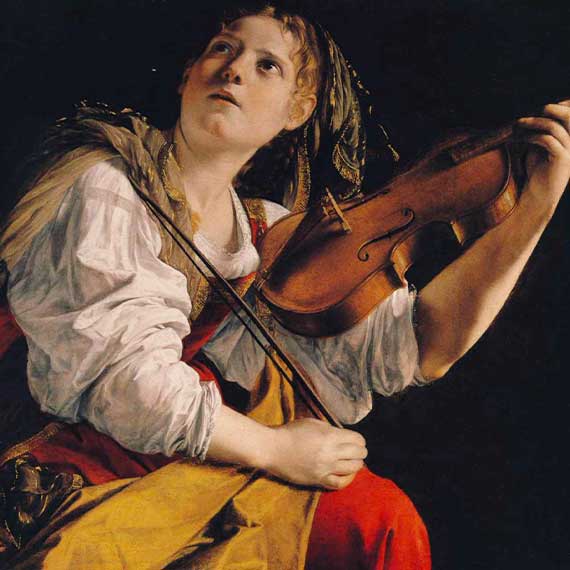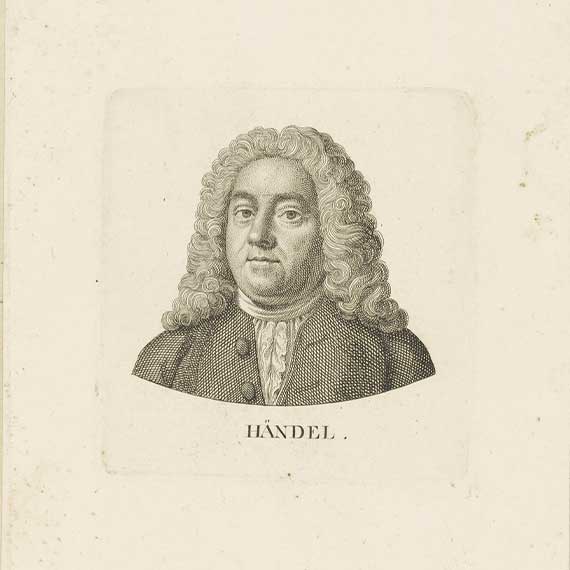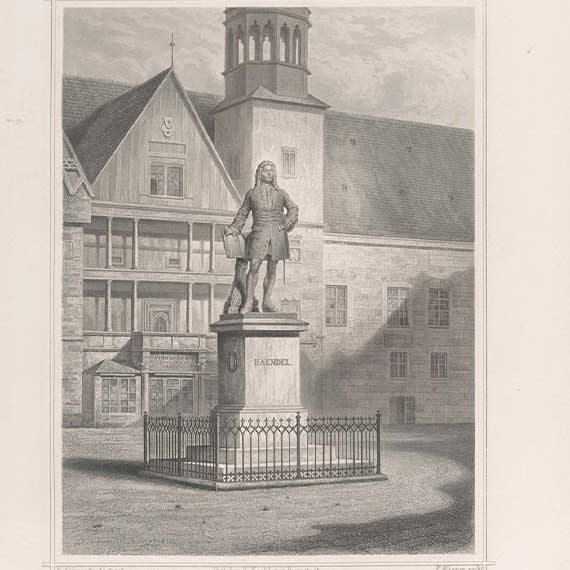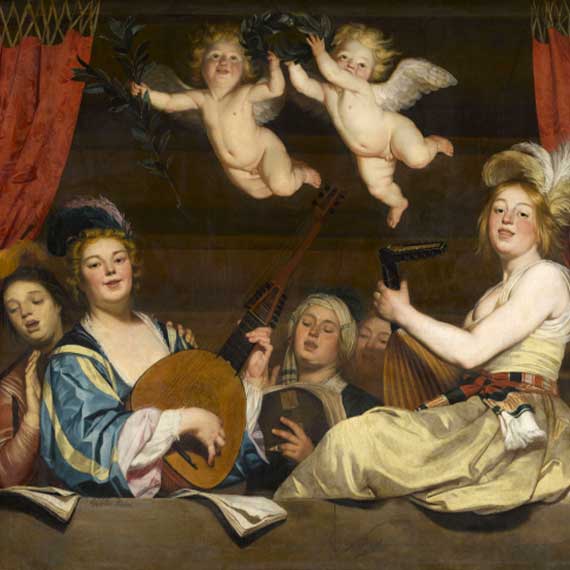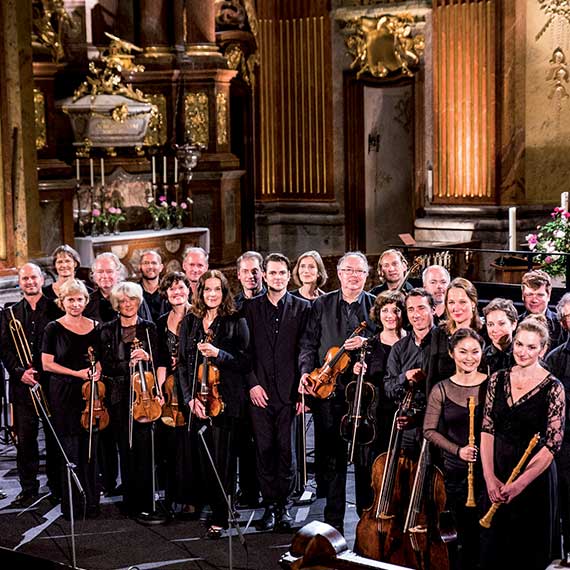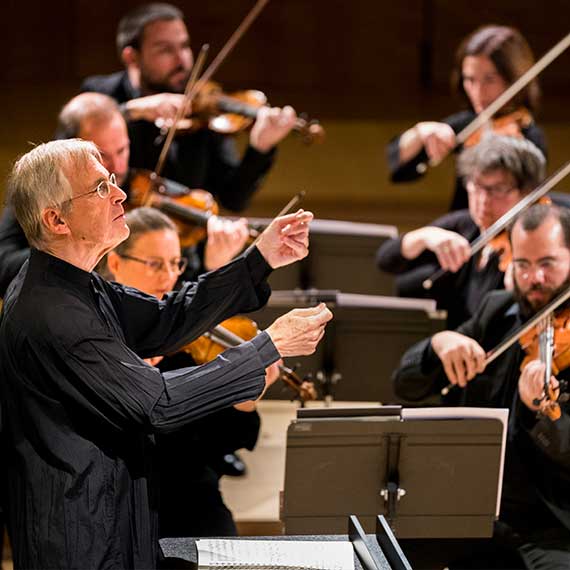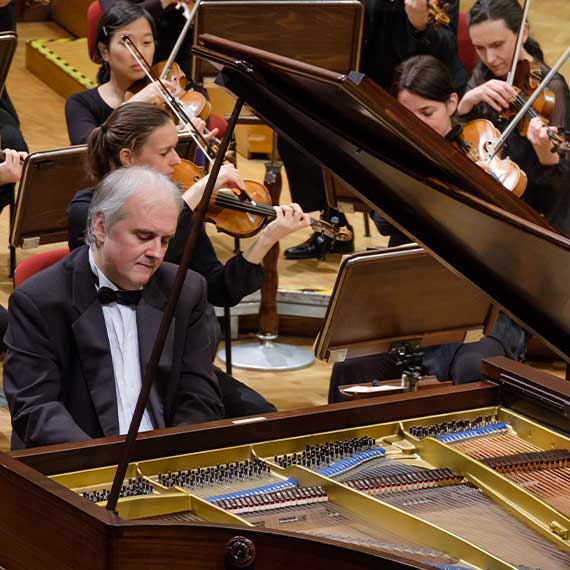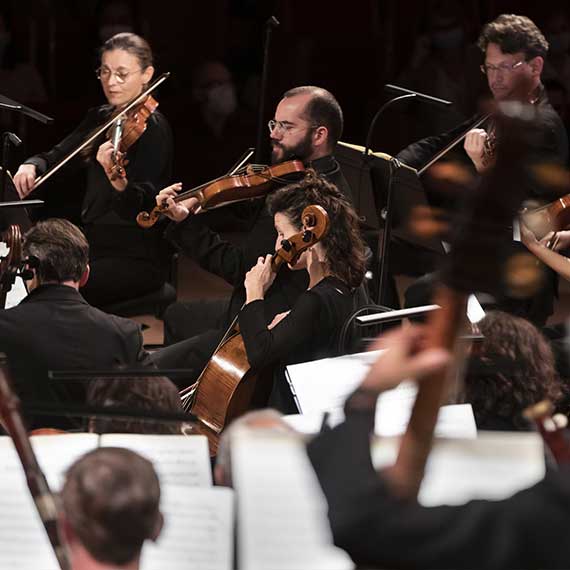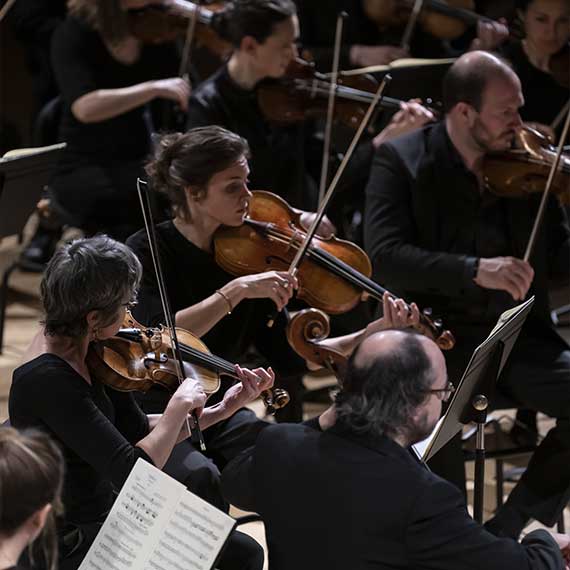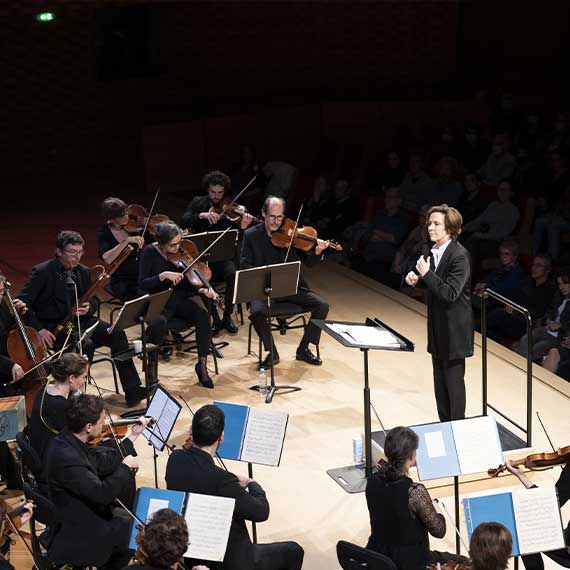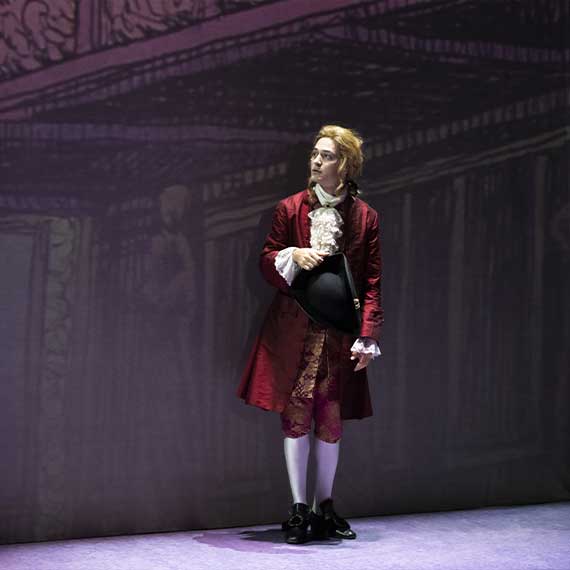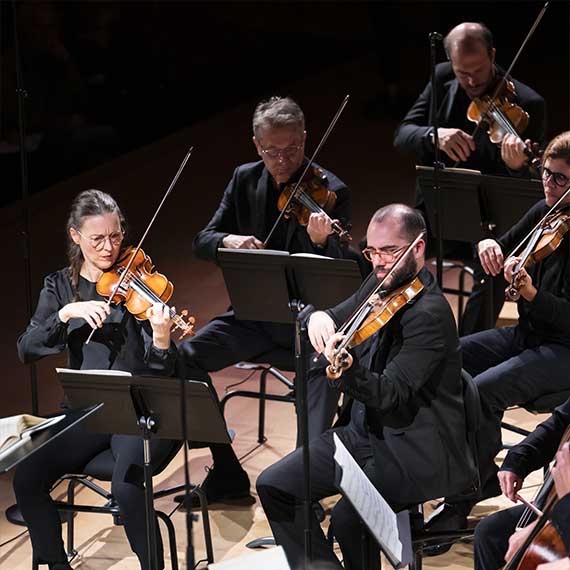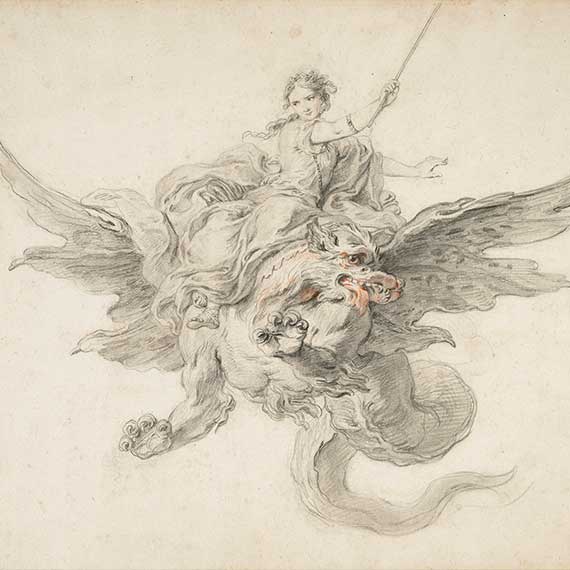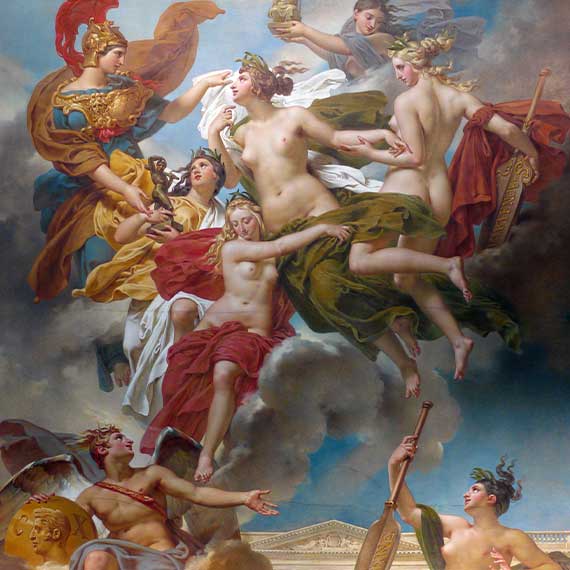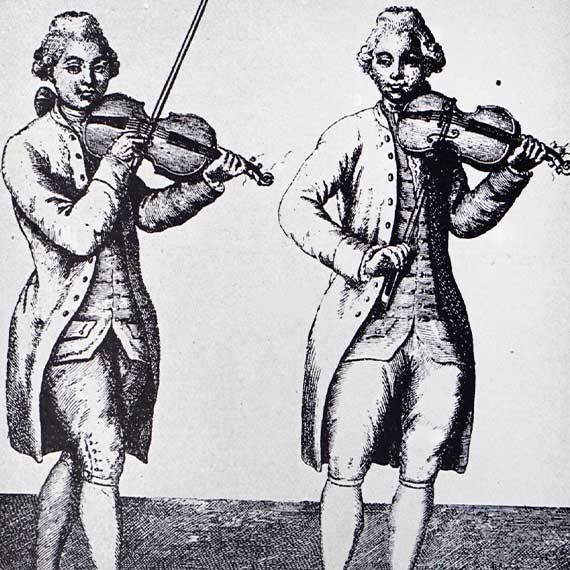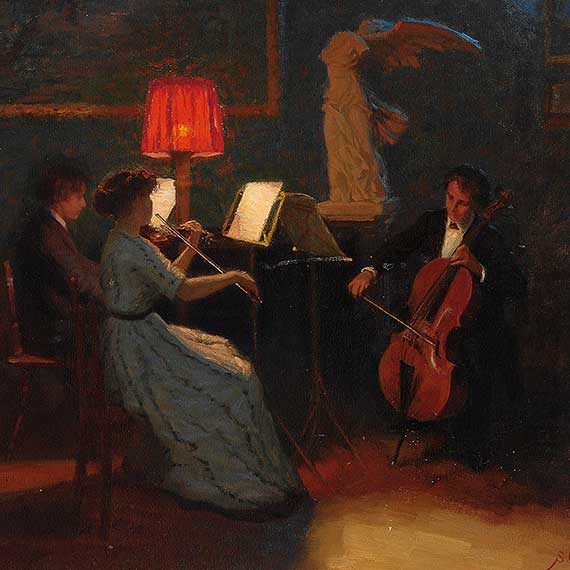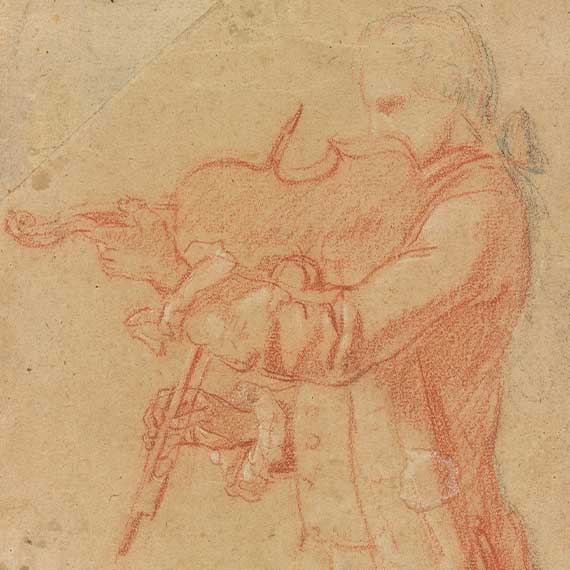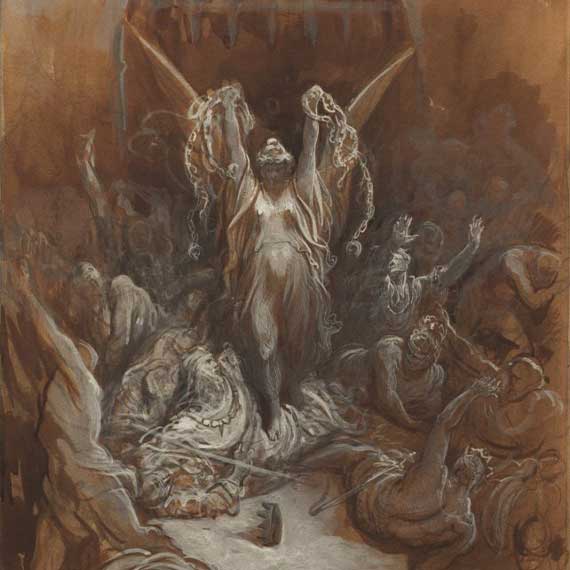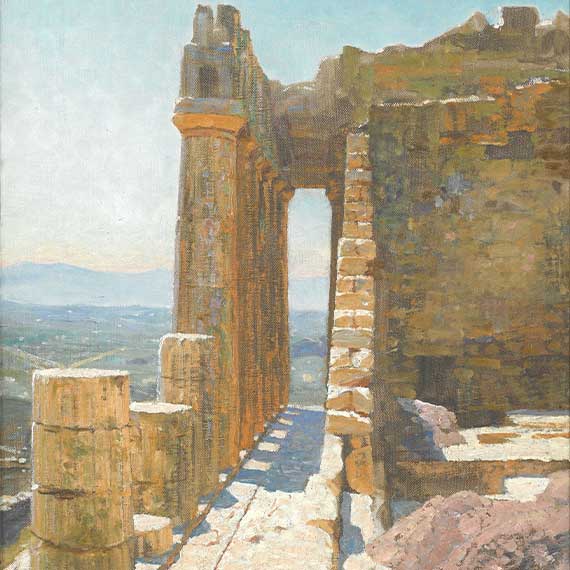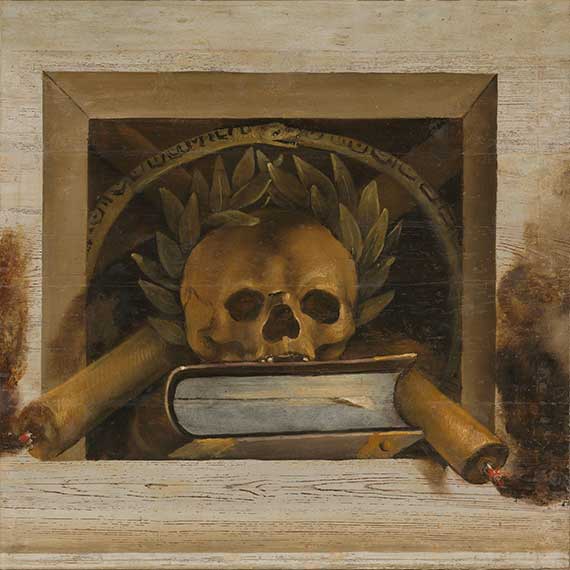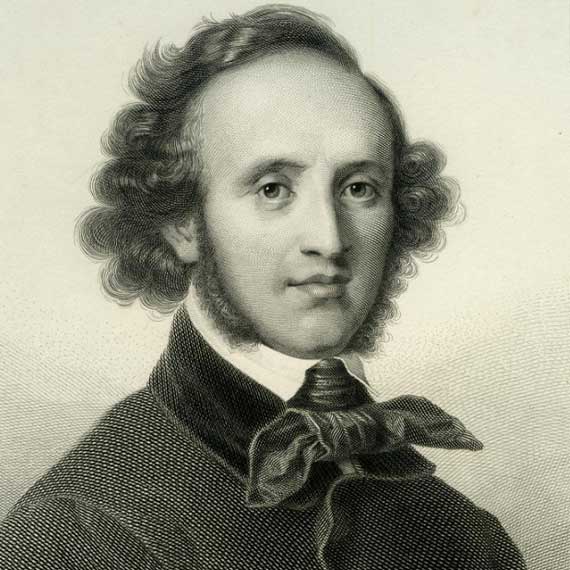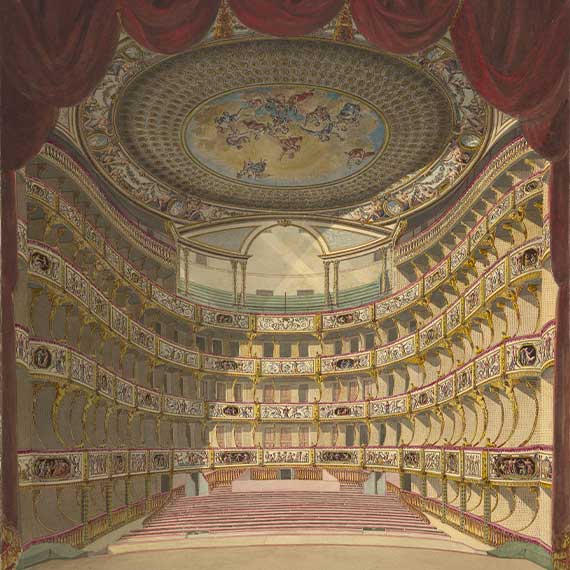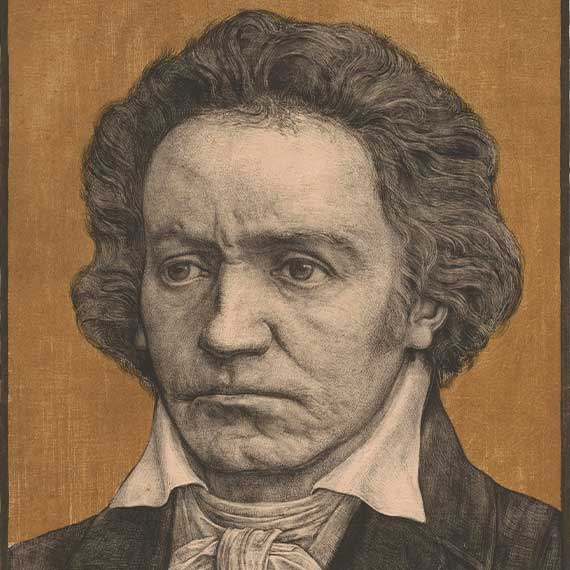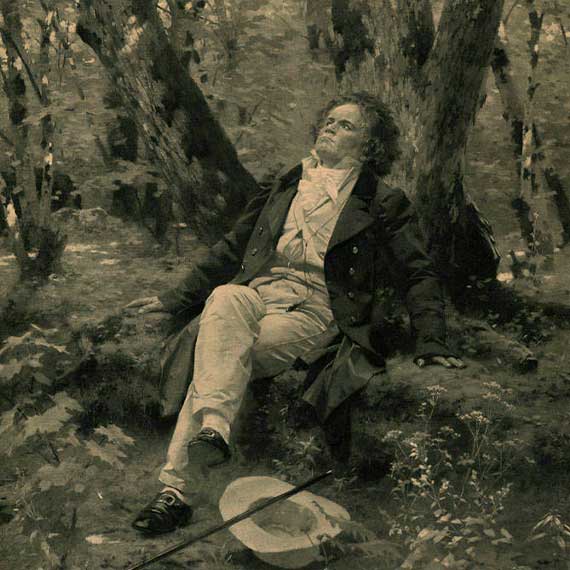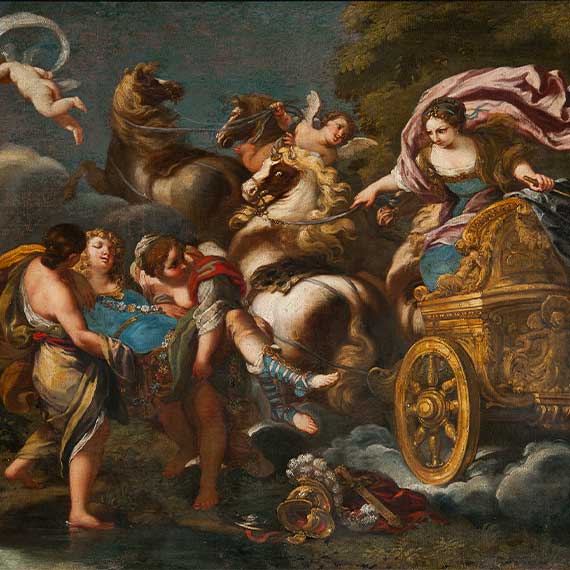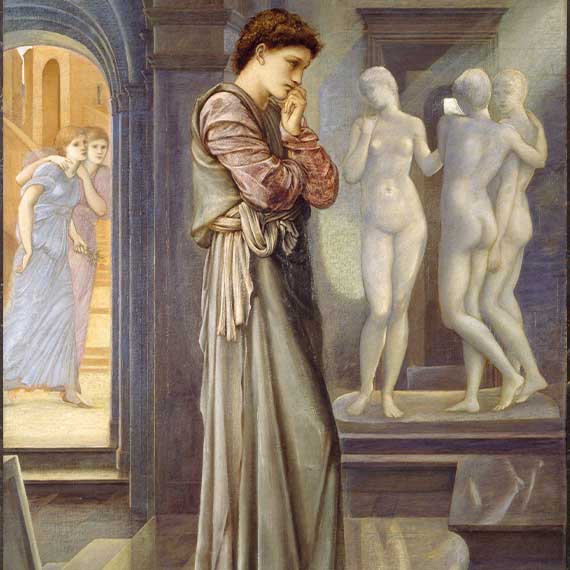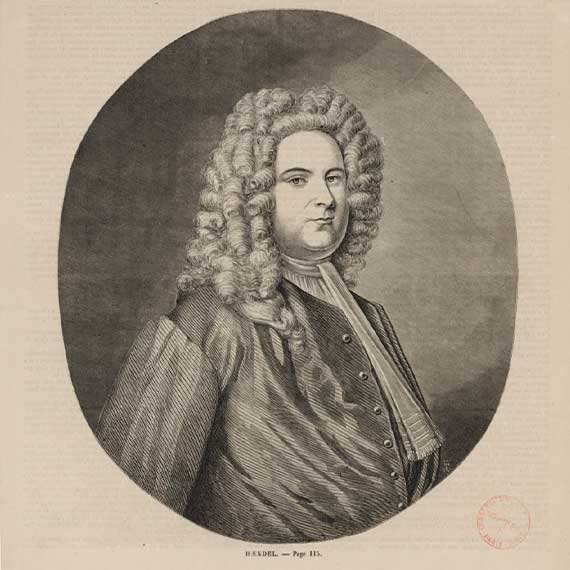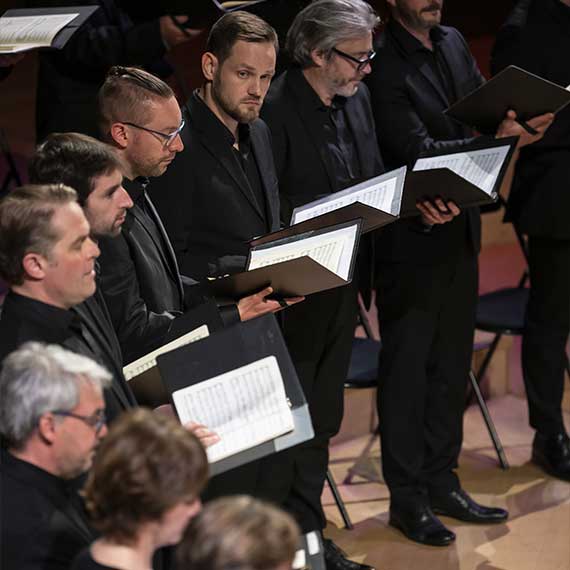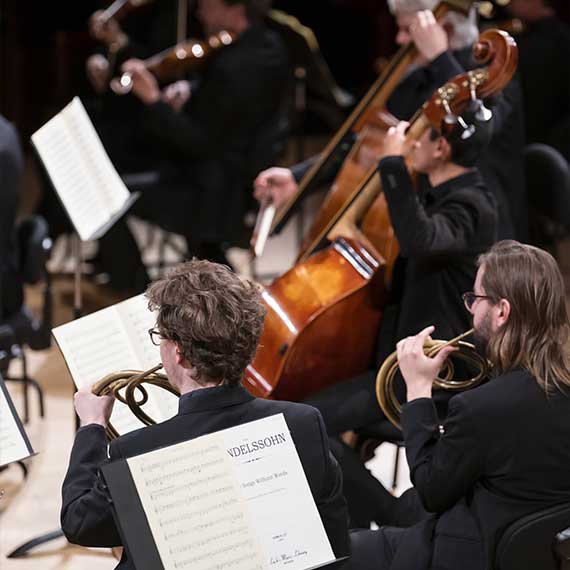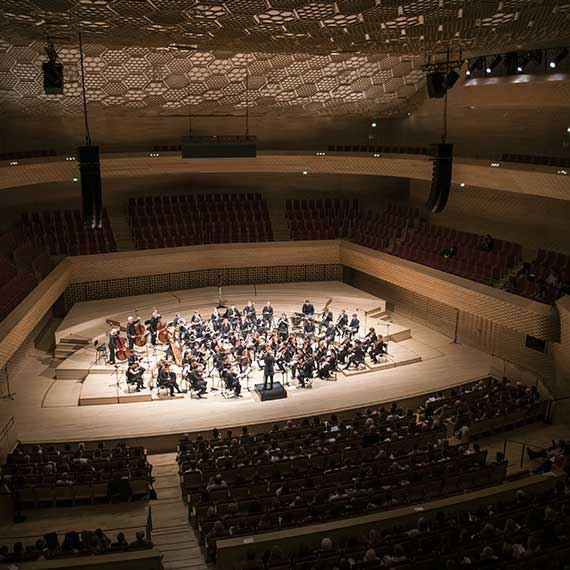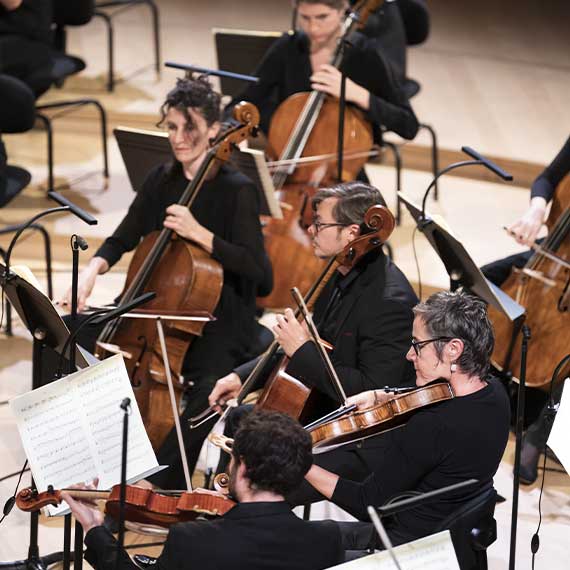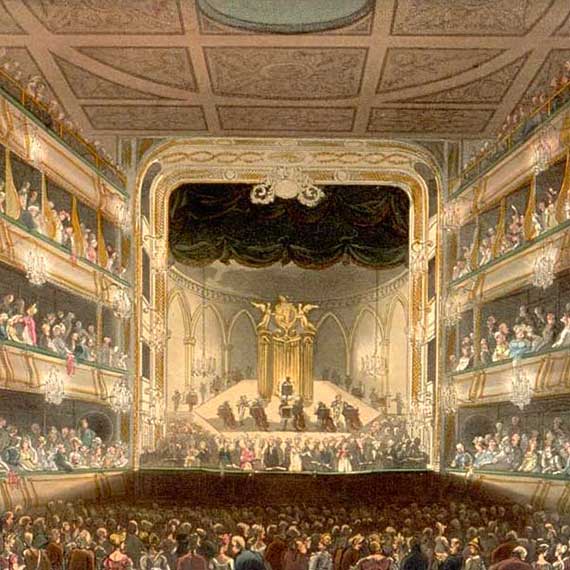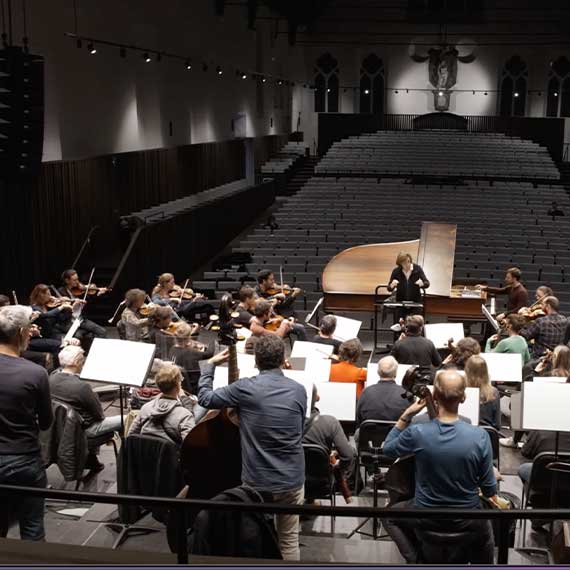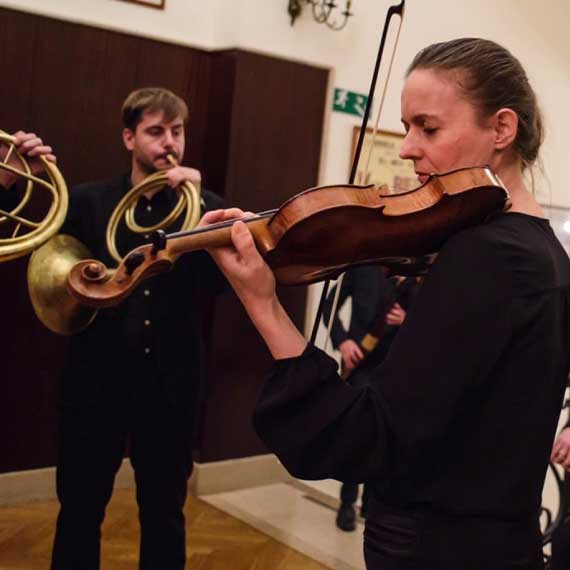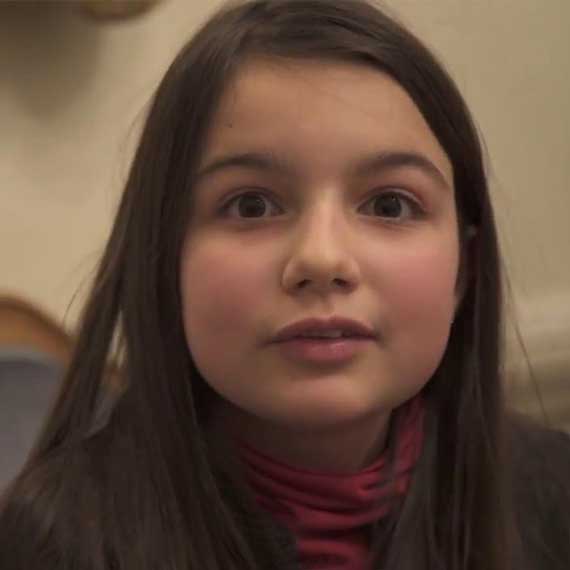Chapitres
Concerti Grossi
Georg Friedrich Händel
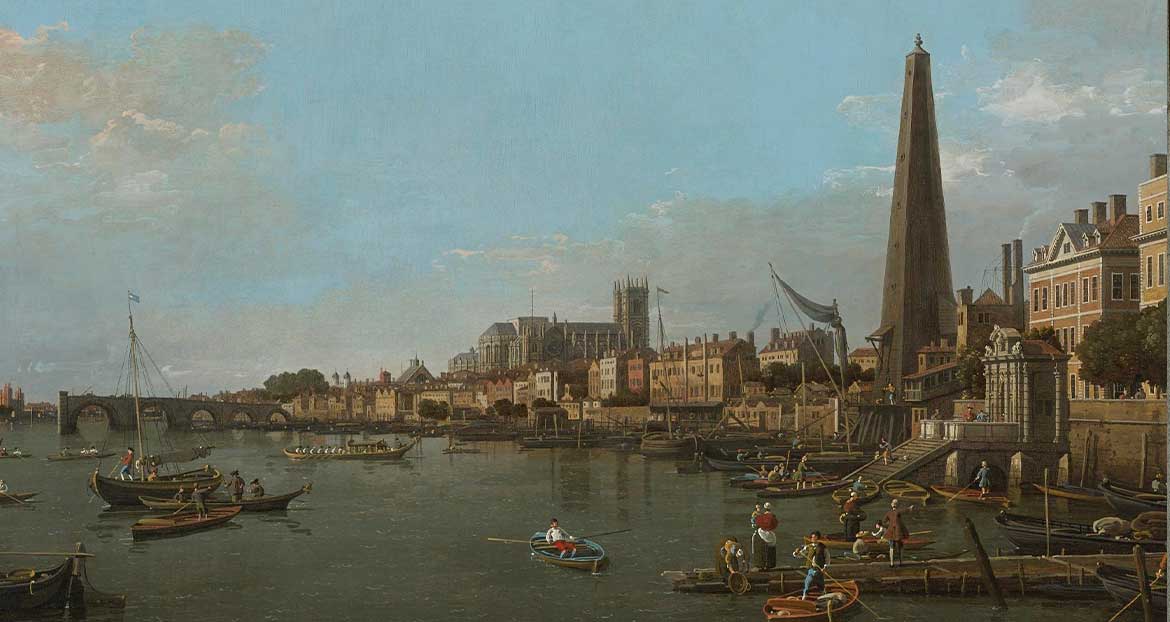
Note of intent - Ottavio Dantone
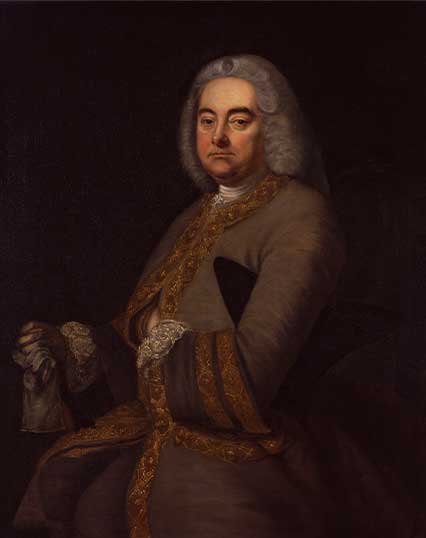
George Frideric Handel
Thomas Hudson - Wikimedia Commons
The study and performance of G.F. Händel’s Concerti grossi, Op. 3 raise several issues in terms of philological ethics.
It is well established that Händel was not made aware of this publication by the clever and enterprising publisher John Walsh, just as it is well known that, at that time, copyrights were far from fully protecting composers.
Beyond all sociological considerations, however, embarrassing structural and compositional anomalies are evident in these works, probably due to the haste of haphazardly assembling music that Händel composed for the most widely varying occasions, as well as for diverse instrumental ensembles.
First of all, we can see that the form of the « Concerto grosso » is almost absent in this collection, with a succession of movements more often reminiscent of the Dance Suite, the Overture or even the Concerto for several instruments.
The featured soloists range from Violins, Cellos, Oboes, Bassoons, Flutes and even the Organ.
But what most disconcerts and bewilders the scholar is the compositional technique.
Indeed, if everything goes well when using music composed in its entirety by Händel – even though it may have come from other circumstances, as in Concertos 1, 4 and 6 – problems arise when Walsh (or whoever) reconstructs a Concerto from an instrument such as the Harpsichord (Concertos 3 and 2) or has to add more parts such as the Violas (Concerto 5).
This is where a certain clumsiness in the conducting of the parts and the writing of the internal voices is evident. Sometimes unison between Violas and Basses is used, an expedient Händel would never have adopted, especially in the Fugues.
Returning to what I have termed ‘philological ethics’, the problem then arises of whether to stick to the original source, even if it is often far removed from the author’s aesthetics, or to try and restore the author’s creative dignity by correcting, on the basis of stylistic and technical knowledge, the clumsy errors made by those who reconstructed these ‘big’ Concertos.
I opted for the latter hypothesis, trying to intervene with the utmost delicacy and respect, with the intimate hope that the author himself would have made the necessary corrections if he had had the opportunity.
Nevertheless, it will be interesting to hear some parts of this beautiful music in a new guise, trusting that the final result will at least partially reveal Händel’s immense love for music.
August 2022
Performance pratice
Ensemble
Accademia Bizantina
Direction
Ottavio Dantone
Händel: Concerti Grossi op. 3
Strings: 4.3.2.2.1.
Continuo: Cello, Doublebass, Lute, Harpsichord
Winds: 2 oboes, 2 recorders, flute, bassoon
Organ
Händel: Concerti Grossi op. 6
Strings: 4.4.2.2.2.
Continuo: Cello, Doublebass, Lute, Theorbo, Harpsichord
Organ
Diapason
415 Hz
Parts, after the new critical edition.
Autres ressources associées
Contenu lié
Concerti grossi. La nuova edizione critica
L’orchestra di Händel
John Walsh, Händel’s publisher
Twelve Grand Concertos, compos’d by Mr. Handel
Bibliothèque
Retrouver les ressources associées à cette œuvre dans notre bibliothèque numérique.
Vous aimerez aussi
Dans le même thème
